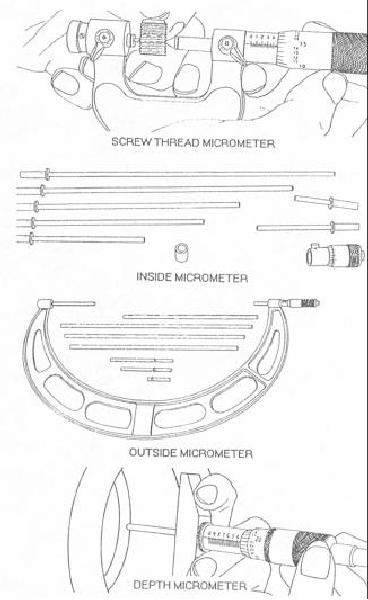
You must know the location of tools and
equipment out on loan, how long tools have been out,
and the amount of equipment and consumable
supplies you have on hand. To know this, you'll have
to make periodic inventories. The inventory consists
of a count of all tools, by type, in the toolroom and
those out on loan. Inventories help you decide
whether more strict control of equipment is needed
and if you need to procure more tools and equipment.
Some selected items, called controlled equipage,
will require an increased level of management and
control due to their high cost, vulnerability to
pilferage, or importance to the ship's mission. The
number of tools and instruments in this category is
generally small. However, it is important that you be
aware of controlled equipage items. You can get
detailed information about the designation of
controlled equipage from the supply department of
your activity. When these tools are received from the
supply department, your department head will be
required to sign a custody card for each item,
indicating a definite responsibility for management of
the item. The department head will then require
signed custody cards from personnel assigned to the
division or shop where the item will be stored and
used. As a toolroom keeper, you may control the
issue of these tools and ensure their good condition.
If these special tools are lost or broken beyond repair,
you cannot replace them until the correct survey
procedures have been completed. Conduct formal
inventories of these items periodically as directed by
Figure 1-4.--Common types of micrometers.
your division officer or department head.
both used to compare the size or shape of an object
MEASURING INSTRUMENTS
against a scale or fixed dimension. However, there is
Practically all shop jobs require measuring or
a distinction between measuring and gauging that is
gauging. You will most likely measure or gauge flat
easily explained by an example. Suppose you are
or round stock; the outside diameters of rods, shafts,
turning work on a lathe and want to know the
or bolts; slots, grooves, and other openings; thread
diameter of the work. Take a micrometer, or perhaps
pitch and angle; spaces between surfaces; or angles
an outside caliper, adjust its opening to the exact
and circles.
diameter of the workpiece, and determine that
For some of these operations, you'll have a choice
dimension numerically. On the other hand, if you
of which instrument to use, but in other instances
want to turn a piece of work down to a certain size
you'll need a specific instrument. For example, when
without frequently taking time to measure it, set the
precision is not important, a simple rule or tape will
caliper at a reading slightly greater than the final
be suitable. In other instances, when precision is
dimension; then, at intervals during turning
important, you'll need a micrometer.
operations, gauge, or "size," the workpiece with the
locked instrument. After you have reduced the
The term gauge, as used in this chapter identifies
workpiece dimension to the dimension set on the
any device that can be used to determine the size or
instrument, you will, of course, need to measure the
shape of an object. There is no significant difference
work as you finish it to the exact dimension.
between gauges and measuring instruments. They are
1-6

